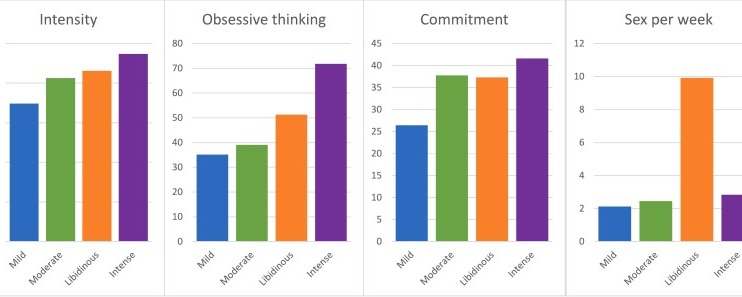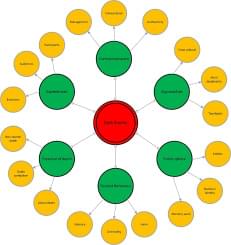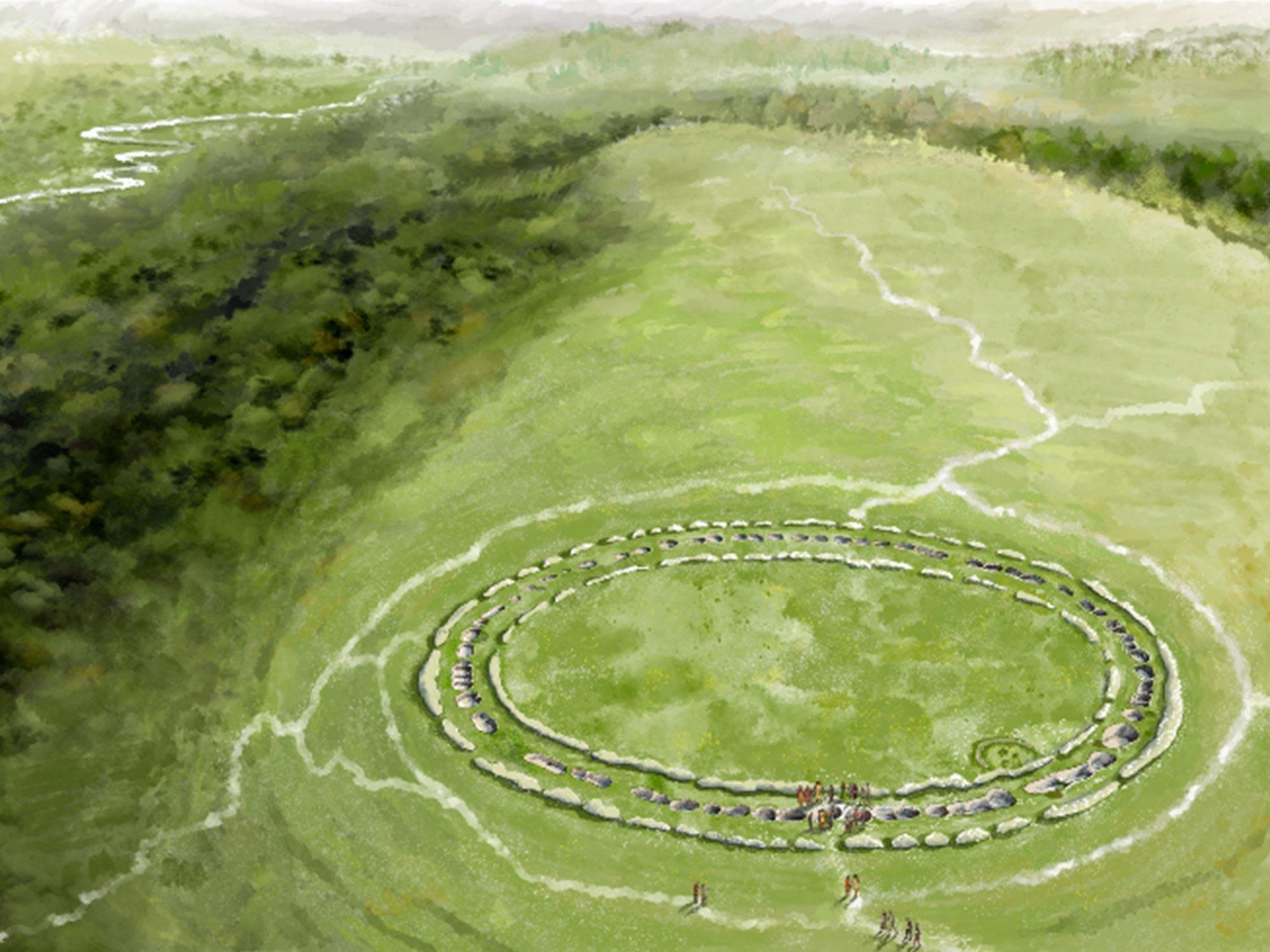Get a Wonderful Person Tee: https://teespring.com/stores/whatdamathMore cool designs are on Amazon: https://amzn.to/3QFIrFXAlternatively, PayPal donations ca…
Category: futurism – Page 122

Variation exists in the expression of romantic love: A cluster analytic study of young adults experiencing romantic love
Variation exists in the expression of romantic love, but to date, no studies have specifically investigated this phenomenon. This study employed a TwoStep cluster analysis to group 809 partnered young adults experiencing romantic love from the Romantic Love Survey 2022 according to intensity of romantic love, obsessive thinking, commitment, and frequency of sex per week. The results revealed four clusters: (i) mild romantic lovers (20.02%) characterized by the lowest intensity, lowest obsessive thinking, lowest commitment, and lowest frequency of sex; (ii) moderate romantic lovers (40.91%), characterized by relatively low intensity, relatively low obsessive thinking, relatively high commitment, and relatively moderate frequency of sex; (iii) libidinous romantic lovers (9.64%), characterized by relatively high intensity, relatively high obsessive thinking, relatively high commitment, and exceptionally high frequency of sex; and (iv) intense romantic lovers (29.42%), characterized by the highest intensity, highest obsessive thinking, highest commitment, and relatively high frequency of sex. Each cluster differs on a range of personal and relationship characteristics. The findings can generate theory and hypotheses about romantic love and provide impetus for future research.

Conceptualising dark events: A new framework
Dark events are organised events linked to death, disaster and suffering, and this conceptual study provides a new framework that can be used in their analysis. The framework has been developed through a theoretical synthesis of concepts from the domain theory of thanatology, and the method theories of dark tourism, dark leisure and collective memory. Six concepts of value for research into dark events are identified: commercialisation; approaches; public sphere; deviant behaviour; experiences; presence of death. The conceptual framework establishes a coherent conceptual footing for dark event research, and highlights links to established theories and methods that can be of value to future researchers in this novel area. Finally, we present an agenda for future research into dark events.


‘Misokinesia’ Phenomenon Could Affect 1 in 3 People, Study Shows
Noticing somebody fidgeting can be distracting. Vexing. Even excruciating. But why?
According to research, the stressful sensations caused by seeing others fidget are an incredibly common psychological phenomenon, affecting as many as one in three people.
Called misokinesia – meaning ‘hatred of movements’ – this strange phenomenon had been little studied by scientists until recent years, but was noted in the context of a related condition, misophonia: a disorder where people become irritated upon hearing certain repetitious sounds.



Lactylation orchestrates ubiquitin-independent degradation of cGAS and promotes tumor growth
Rao et al. found that lactylation stimulates the proteasomal degradation of cGAS independent of ubiquitin, which is compromised by phosphorylation of PSMA4 via disrupting its association with cGAS. Lactylation rewires PIK3CB activity and impairs ULK1-driven phosphorylation of PSMA4. Consequently, lactylation of cGAS sustains tumor growth and indicates the prognosis of LUAD.

First- and second-degree left bundle branch block and masquerading bundle branch block: Lessons learned during conduction system pacing
The classic definitions of bundle branch and fascicular block have been established without consideration if conduction block is complete or incomplete (conduction delay). Current electrocardiographic (ECG) definitions cannot distinguish pronounced conduction delay (first-degree block) from complete conduction block. We are presenting here 2 cases of first-degree left bundle branch block (LBBB) that may be relevant when interpreting findings and observations during conduction system pacing.
